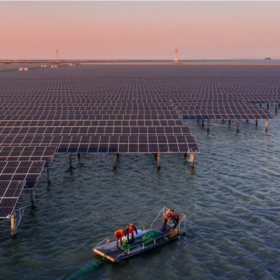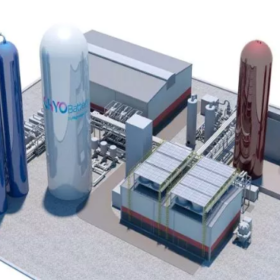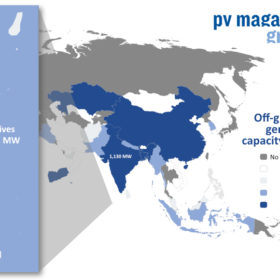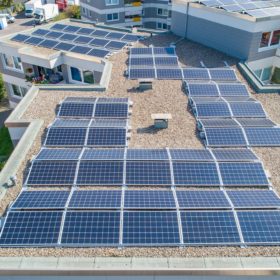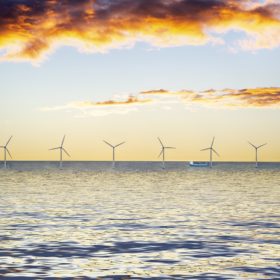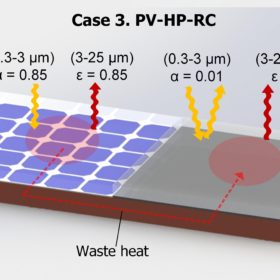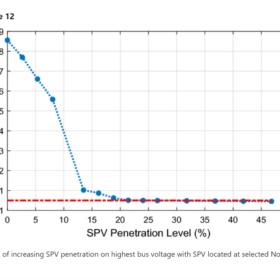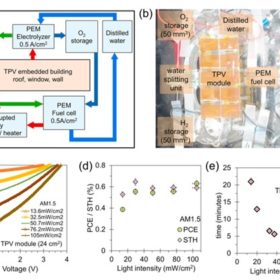Chinese fish pond hosts 550 MW solar farm
Built by the Chint Group, the project is currently the largest in China combining PV power generation and fish farming. It is located in Wenzhou, a city with a subtropical maritime monsoon climate in China’s Zhejiang province.
Silicon Ranch raises $775 million
Silicon Ranch, a Shell-backed utility-scale solar developer in the United States, has raised funds from new and existing investors.
US startup debuts energy storage system
Franklin Whole Home has developed an integrated battery and control system with artificial intelligence. It is inverter-agnostic, can be used to charge electric-vehicle batteries, and turns homes into microgrids when utility services are down.
Liquid air tech for long-duration, large scale storage in China
Finland-headquartered Sumitomo SHI FW has entered a collaboration with China’s Shanghai Power Equipment Research Institute to evaluate the feasibility of long-duration energy storage using liquefied air energy storage technology.
Maldives to turn to solar for outer islands
The Indian Ocean island nation, which has been a prominent voice in the global calls to combat rising sea levels, will get technical assistance from the Asian Development Bank to draw up a tender for 20-30MW of photovoltaic generation capacity.
Brazil tops 13GW of installed PV capacity
The country installed around 3GW of new PV systems in the fourth quarter of 2021 alone. Around 8.4GW of the current PV capacity is represented by solar installations not exceeding 5MW in size, and operating under net metering.
Electrolyzer tech to produce hydrogen from seawater
With a new start-up and a consortium in the Netherlands, German automotive supplier Schaeffler wants to significantly reduce the costs of green hydrogen.
Lowering solar module temperatures with radiative cooling, heat pipes
Chinese scientists have developed a hybrid cooling technique to reduce module temperatures by up to 12.86 C and increase power yields by 7.25%. Their system features a PV module and a separate RC module, integrated with a flat plate heat pipe in between.
Large-scale PV could improve voltage of weak grids in Nigeria
Researchers have discovered that large-scale PV arrays could enhance the voltage stability of northern Nigeria’s electricity grid.
Solar-powered hydrogen for domestic applications via building-integrated transparent platform
An international research group has created a closed-loop, transparent energy platform based on PV power generation and hydrogen production from photo-electrochemical cells. The system is claimed to supply power without interruption and to be transparent enough to be integrated into buildings.
